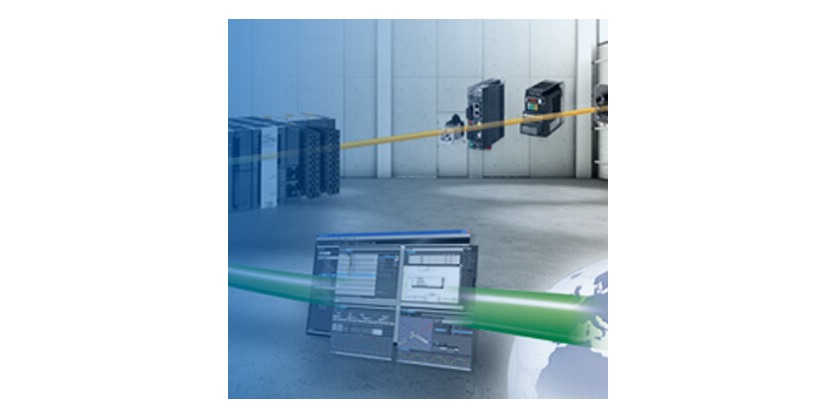For Systems Integrators: Embracing Vendor-Agnostic Network Technologies
September 3, 2024

All-in-one platforms can add flexibility to a system integrator’s offerings
The COVID-19 pandemic presented system integrators with a unique opportunity to evaluate manufacturer performance during a global disruption. Throughout this period, there have been numerous instances where end users have successfully utilized their diversified supply chains to enhance production by integrating more device-level components into their existing factory setups. This strategy has enabled teams to maximize output using their current resources.
This article will explore the benefits of implementing an open network topology and discuss how all-in-one platforms can add flexibility to a system integrator’s offerings to downstream users. It will also examine how these platforms can broaden access to upstream manufacturers’ development teams and strengthen connections with automation users.
Technology Frameworks Fostering Flexibility
Since the onset of COVID-19, there has been a rapid increase in the adoption of globally open industrial protocols across various user groups. This surge is largely due to end users’ need to maintain flexibility without sacrificing machine performance. By their very design, open industrial protocols fulfill both needs effectively. The inclusivity of open networks frees manufacturers from restrictive exclusive agreements, allowing them to respond more swiftly to market changes and technological advancements.
Diversified Access to Manufacturers
The inability to swiftly and efficiently integrate new technologies into existing architectures in a highly competitive environment can disadvantage end users. By adopting globally open industrial protocols, system integrators can rapidly incorporate advancements from various manufacturers, offering their users a measurable performance edge over competitors who rely on single sources. This approach eliminates the risky, all-or-nothing gamble that one manufacturer will coincidentally address the precise challenge facing a specific end user.
Cultivating Stronger Connections
Adopting a globally open industrial protocol perspective in automation communication can introduce new manufacturers to end users. Importantly, a manufacturer’s newness to an end user does not necessarily reflect the manufacturer’s overall experience or establishment in the industry. This is advantageous as it positions integrators as educators and trusted advisors, transforming their relationships with end users from merely transactional to genuinely partnership oriented. Introducing a manufacturer to an end user can be beneficial, particularly when the manufacturer has a solid global reputation and is committed to supporting the integration process. Manufacturers embracing open networks are increasingly investing in proof-of-concept centers. These facilities invite end users and system integrators to collaborate and validate new designs before implementation on the plant floor.
The Evolving Landscape of Disruptive Technology
Previously, relying on a single manufacturer as the sole provider of new technology was effective when intellectual property was concentrated in specific locations like Bell Laboratories or Menlo Park. However, the emergence of generative artificial intelligence, the widespread availability of critical computing components, and universal access to cloud computing are drastically increasing the pace at which manufacturers can scale innovations to global markets within the automation sector. Without the ability to quickly and efficiently integrate new technologies into existing architectures, end users risk falling behind.
Advocating for globally open industrial protocols as the basis for automation architecture represents a significant shift in mindset. This shift moves away from dependence on a single manufacturer towards a reliance on a network of manufacturers who adhere to a unified standard of communication. Given the uncertainty in consumer markets, the availability of next-generation software resources, and the urgent need to adopt new technologies, can we afford not to support globally open industrial protocols?
More Information
Learn More About Sysmac Platform
Related Story
Verifying Quality without Compromising Production Output Through Holistic Traceability
Handheld high-volume traceability systems continue to be a powerful tool to address these challenges, especially when integrated into all-in-one automation architecture. This blog will explore the benefits and applications of these systems, with a focus on Omron’s unified offerings.



